Without a doubt, having a vet tend to wounds or medical emergencies is the way to go when your animal is sick or injured.
However, there may come a time when you can’t get a vet to come. The weather could be bad, the vet may be held up at another call, or the injury may be so bad that it needs treated right then rather than in the hour or three hours that it would take the vet to get there.
Fortunately, there are many wounds and illness that you can treat yourself if need be. Today, we’re going to touch on a few of them.
Colic
Because a horse has no way to belch or vomit, colic can be a death sentence. There are several different types of colic, including spasmodic colic (gas), Impaction colic, sand colic, and twisted gut. Of all of these, twisted gut is the worst and can actually be a result of sand or impaction colic gone bad.
Once your horse has twisted gut, immediate surgery is about the only thing that’s going to save him.
For the other types, though, there are treatments that may take care of it at home. First, you need to have a first-aid kit for your animals just as much as you need one for the two-footed critters on your farm. Two of the items it should most certainly contain is Banamine and Phenylbutazone, aka bute.
Both are NSAIDs (non-steroidal anti-inflammatory drugs) for horses. Banamine is a bit more effective at relieving colic pain than bute, but both work.
There are a couple things to keep in mind when using either of these. First, if you don’t know how to use it, call the vet and get directions, or leave it alone. It can kill your horse or, at the very least make matters worse, if you give him too much.
Second, you’re not curing anything with these drugs; you’re only masking the symptoms. That means that you shouldn’t be surprised if the horse starts exhibiting symptoms again once the drug wears off.
Now, should you use it for colic? Personally, I do if it goes on for too long simply because sand colic is what we deal with most where I’m at and it tends to take a while to resolve. If I were in pain for several hours, I’d pop a few Advil, so why not give my horse the same relief?
Also, I’ve seen horses with colic hurt themselves badly thrashing around in the pasture or stall because of the pain. The case of colic resolves itself in a few hours, but the bruises, cuts, or even breaks don’t.
There are a ton of rumors about colic – the horse has to walk constantly, the horse can’t lie down, the horse will twist a gut if he rolls. The first two are false. How would you like it if you were sick to your stomach and somebody made you walk or kept you off the couch?
Also, most vets will tell you that they won’t twist a gut by rolling – after all, they roll all the time just because it feels good. It’s a point of controversy with some and it’s so ingrained in me that I try to prevent the roll.
How will you survive when there is no doctor around?
So – what can you do? Banamine and vegetable oil. Listen for gut sounds in the lower area behind the rib cage. If you don’t hear anything at all, you need to call the vet and at least tell him what’s going on and let him decide a course of action. A couple of cups of vegetable oil (any kind) may help lube things up and get things moving through the digestive tract.
Daily psyllium (Metamusil) added to feed isn’t a bad idea if you live in a sandy area, and of course, plenty of roughage. Keep your feed room doors locked and make sure your horse has plenty of water at all times. Avoid lots of cold water immediately following a hard workout.
Avoiding colic is better than treating it.
Cuts and Gashes
If your animal – any animal – is cut and bleeding, that’s not exactly something you can wait for the vet to treat. I’ve seen some ugly gashes that, if you didn’t know better, you would swear were life-threatening but were actually just ugly. On the other side, I’ve seen wounds that didn’t look like anything at all that ended up being serious or even fatal.
One of the biggest factors in determining how serious something is going to be in the long run is how it’s treated immediately.
Any wound needs cleaned and disinfected. Since we’re dealing with animals, that often means we’re dealing with wounds full of gunk, especially if you aren’t there to catch the injury immediately.
So, first things first – clean it. That’s critical! It may not be easy, though. It’ll likely take more than just you, but you need to scrub it out and disinfect it. If the wound is bleeding, puff on some Wonder Dust – a dressing powder and blood coagulant for cuts, abrasions, wounds and capillary bleeding.
It’ll stop the bleeding and promote healing. If the wound has stopped bleeding, Wound Kote is fabulous as a disinfectant and to keep flies and debris out of the wound and aids in scab formation, especially for wounds that aren’t going to be wrapped.
If you’re wrapping a wound (or even if you’re not), Furazone is wonderful. It’s an antibiotic ointment with an awesome yellow color, so you can see where you’ve put it. It’s good for treating infections, too.
Now, if you have something that’s particularly deep that needs stitches, you have a couple more options. Many farmers stitch wounds themselves, but most just let things heal on their own. However, there are times when that just won’t do. There are products out there that are sort of made for this.
If you have a wound this deep, I recommend keeping a can of Aluspray on hand because it acts as a liquid bandage. Say your cow or goat or horse has a wound on its side that needs a bandage. You can’t really put on there, but Aluspray seals the wound almost like a glue.
The great thing about it is that air can penetrate it but dirt and germs cant.
So, stockpile these, and also brush up on essential oils that treat different wounds. They often work as well on animals as they do on people.
Mastitis
This is a big deal in all animals that give milk, women included, especially when we’re taking steps to help them produce more milk. And it’s definitely one that’s better prevented than treated. It’s painful and the milk from that teat isn’t usable by the baby animal or by the human that milks it.
Mastitis is an infection of the mammary gland and is caused when a mammary gland is blocked. Often, this is because milk was left in the breast or teat and caused the clog.
This isn’t anything to kid around with; it can be lethal and is one of the costliest diseases in the dairy industry. Corporate considerations aside, what it means to you is that you won’t have milk, the cow’s calf may go hungry, and the cow is in pain and could even die from it.
A bad scenario all the way around. Plus, when you have to give the cow antibiotics, the milk isn’t drinkable.
Your cow or nanny or mare can develop mastitis in a number of ways – the milk isn’t stripped from her udder properly or completely, she’s exposed to a staph infection in the environment or by you when you don’t wash your hands between milking, or even if her calf suckles from another cow that has it – it happens.
A dirty environment doesn’t help either because infections such as E. coli can be found in manure. Bumps and bruises to a full udder … anytime the orifice is open, such as when the teat is leaking milk, it’s vulnerable to infection. Also, a chapped or frostbitten teat is more prone to mastitis.
A calf eats when it’s cold and windy out and the teat is left wet in those conditions. You can see what may happen.
So, if you read the paragraph above, you’ve likely realized that keeping sanitary conditions goes a long way toward preventing infection and judicious use of bag balm or udder butter or some other udder cream helps with the chapping. Wash the udder before you milk and dry and condition it after.
Sometimes mastitis will resolve on its own, but often it won’t. the quarter needs to be stripped at least daily and usually antibiotics would be used. But we don’t want to use antibiotics, or don’t have access to any. Now what?
Essential oils that are antibacterial to the rescue. Tea tree oil, peppermint oil, and oregano oil are all highly antibacterial. Use the oils in a base such as coconut oil, or there are commercial lotions such as Superior Cow Cream that already has them.
Other than that, it’s a matter of keeping the teat clean and stripped of milk and boosting the cow’s immune system with aloe Vera, dried kelp meal, or pasteurized whey. The whey can be given orally or sub-q at the base of the tail.
Some organic dairy farmers also insert a garlic tincture into the vulva twice a day using a tube and a syringe.
Mastitis is bad, but it happens. Do what you can to prevent it, and what you have to to get rid of it.
There are many conditions that can be treated without a vet IF you have the knowledge and experience to do so, and the condition isn’t severe. However, there are times when your vet can’t get there and you can’t even get him on the phone. In those instances,
I hope some of this information helped. If you have any other tips, please share them with us in the comments section below.
This article has been written by Theresa Crouse for Survivopedia.


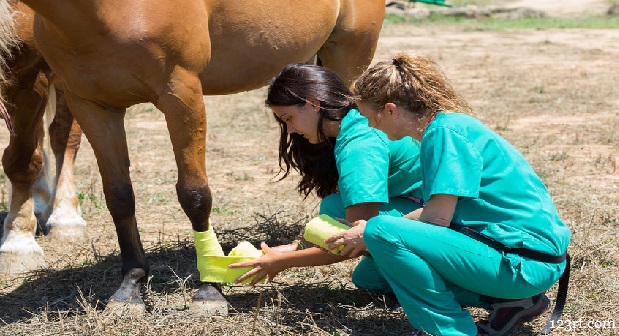
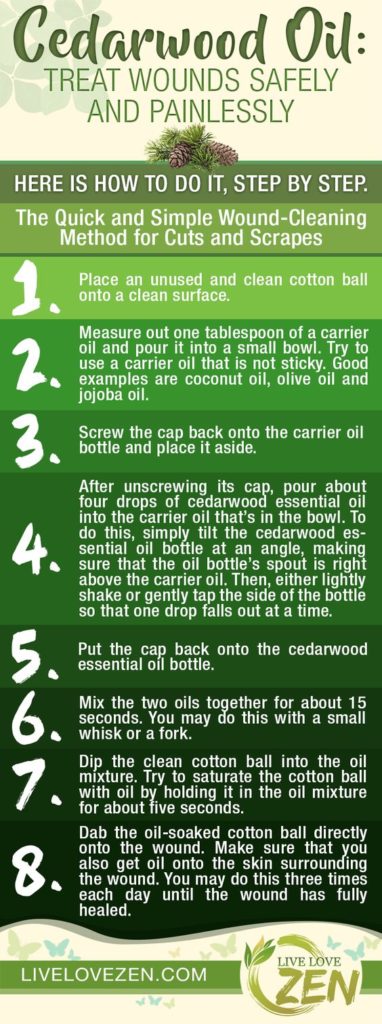
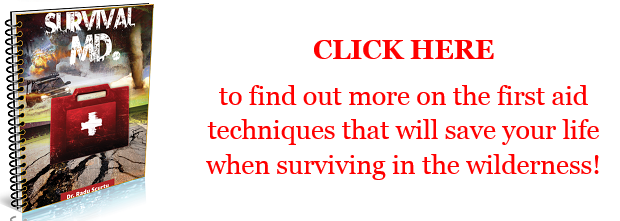
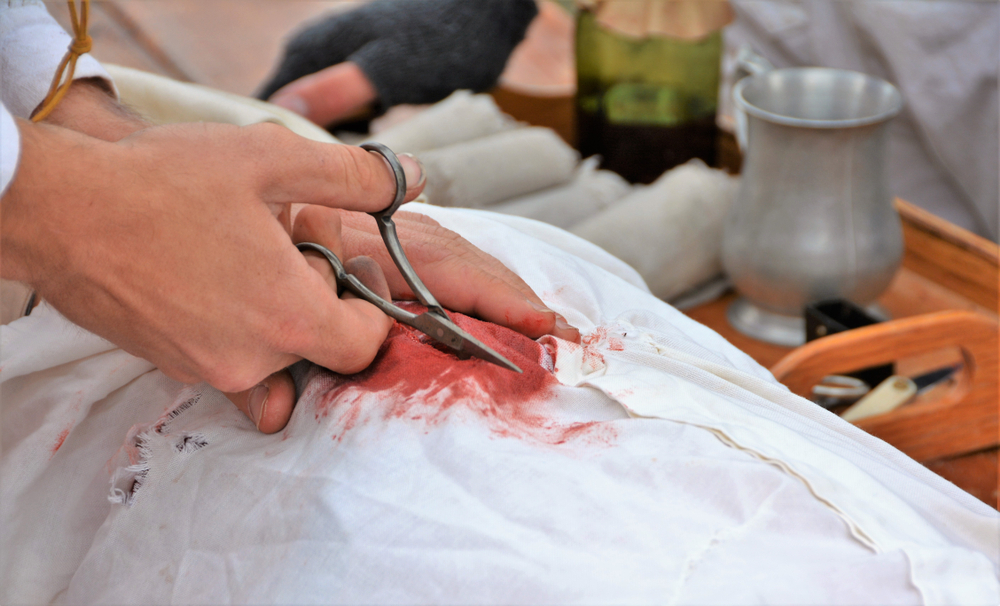

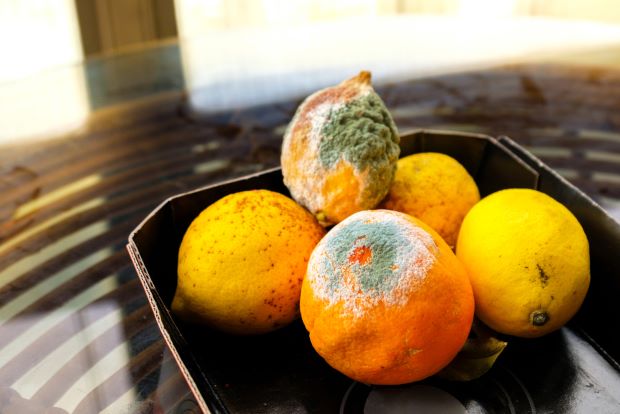
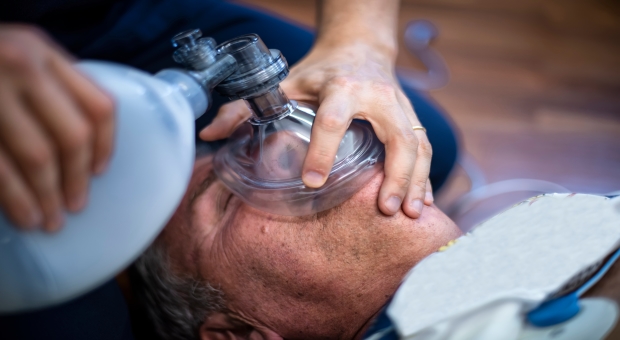

Bill in Idaho | February 4, 2018
|
HELLO, Theresa ! Always Remember: 1.) Stop the Bleeding – 2.) Keep the Wound Clean – 3.) Keep the Bugs OUT ! It will Heal if you do those things.
Marty | February 4, 2018
|
First of all I completely disagree with he comment that you don’t need to keep a horse with colic moving/walking. Keeping a horse with colic moving helps to loosen up the contents in the stomach. We will even load the horse into the trailer and go for a ride for the same purpose. For us it has worked every time after a dose of Banamine.
For cuts and lacerations, we use Colloidal Silver and Blu Kote. One of our mares received a laceration below her Hock that went all the way to the bone. Usually this means a vet call, stitches and a drain. We began a treatment with a Blu Kote dauber sprayed heavily with CS twice a day. The laceration began healing from the inside out and after a month it was completely healed with no proud flesh and only a small scar. Our Vet was very impressed. We have used CS for all of our animals and it works like a dream, on us humans as well as the animals. CS kills all known bacteria and virus germs and neither has ever developed resistance to the CS, unlike antibiotics.